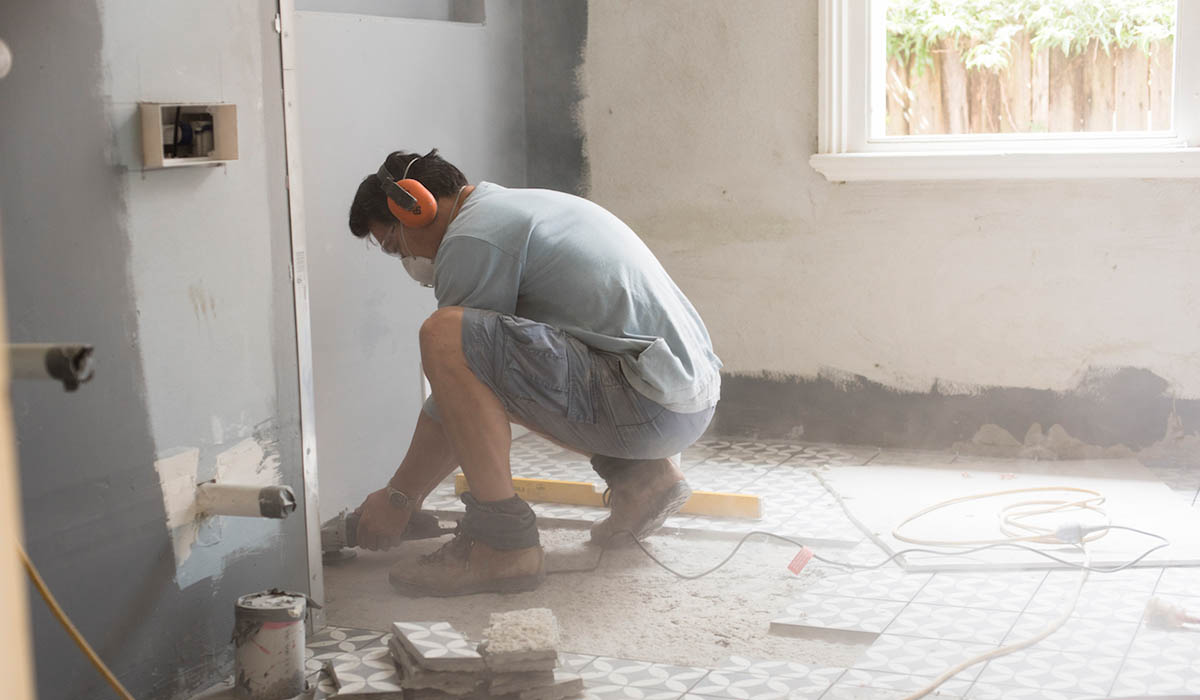Renovation is both art and science – but it’s mainly science. You buy at a good price, you renovate to budget and you sell for more than your purchase price and reno costs. Simple hey?
And that’s your first mistake. Renovations are not simple – ask anyone who’s had a crack. But if you do your research and learn from the experts then you’ll set yourself up for an easier ride than most.
To get you started, here are #8 common traps to avoid, courtesy of Houzz.
- Assuming DIY will always save you money
Unless you’re an expert handyman or tradie, it’s likely that any of the more challenging projects will take you three times as long as a pro – and won’t look half as good. And let’s not forget that an amateur job will probably actually devalue your property. - Automatically ripping everything out and starting from scratch
A smart renovation starts with a carefully calculated budget. If the budget is low, retaining and recycling as much as you can will save you serious money. - Not understanding the correct order of works
If you’ve decided to project manage a kitchen or bathroom renovation yourself, it’s vital to know the correct order in which things need to be done. You need to know which materials need to be onsite when, and at which stage the various trades are required. - Attempting to project manage yourself
Renovations generally involve multiple trades that need to be co-ordinated at the correct time to ensure that a renovation is done properly and in the most cost-effective way. - Cutting costs on labour and workmanship
Cutting costs can cost you more in the end. Quotes can vary heavily between renovation companies, and it pays to double check what each one is offering in terms of experience, qualifications and overall scope of works. - Starting without a confirmed design plan
Spend the time before your reno begins to design the space so that it really works best for you and your family. Changing the plan mid-way through the renovation can be costly. - Having an unrealistic budget
People often pluck budget figures from strange places. The worst scenario is when they base their figures on low-quality, mass-produced project homes. These figures are unrealistic when compared with high-quality, bespoke homes. - Not being prepared to pay for what you want
There’s often a disparity between a client’s budget and their brief. Many clients will say they want something, but they’re only prepared to pay a pay a certain amount for it. Unfortunately, that’s not how it works.
Ready to start your own project?
Contact us for a chat or view our current listings for sale.
